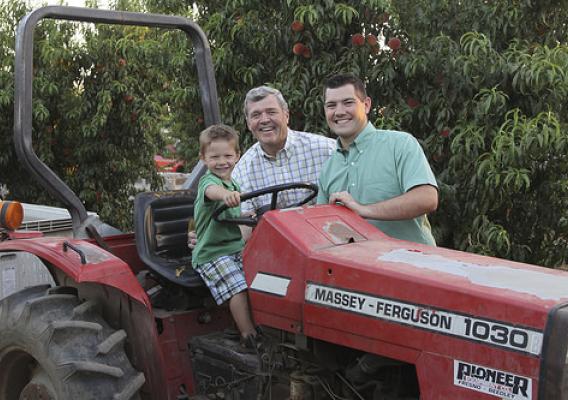This post is part of the Science Tuesday feature series on the USDA blog. Check back each week as we showcase stories and news from the USDA’s rich science and research portfolio.
Economic Research Service (ERS) economists may not wear trench coats and fedoras, but we are investigating significant developments affecting rural America. In a new book, Rural Wealth Creation, which I co-edited with Bruce Weber, Tom Johnson, and Matt Fannin, we examined the role of wealth, which includes physical, financial, human, natural, social and other forms of assets, in achieving sustainable rural prosperity.
Strong communities depend upon strong local and regional economies, and prosperous local and regional economies depend on the creation, retention, and distribution of wealth, broadly defined. Wealth contributes to people’s well-being in many ways beyond increasing income. For example, many forms of wealth can provide resilience in tough economic times or enhance the ability of rural people to pursue innovative new opportunities.










